8. Blue Ruin – Jeremy Saulnier
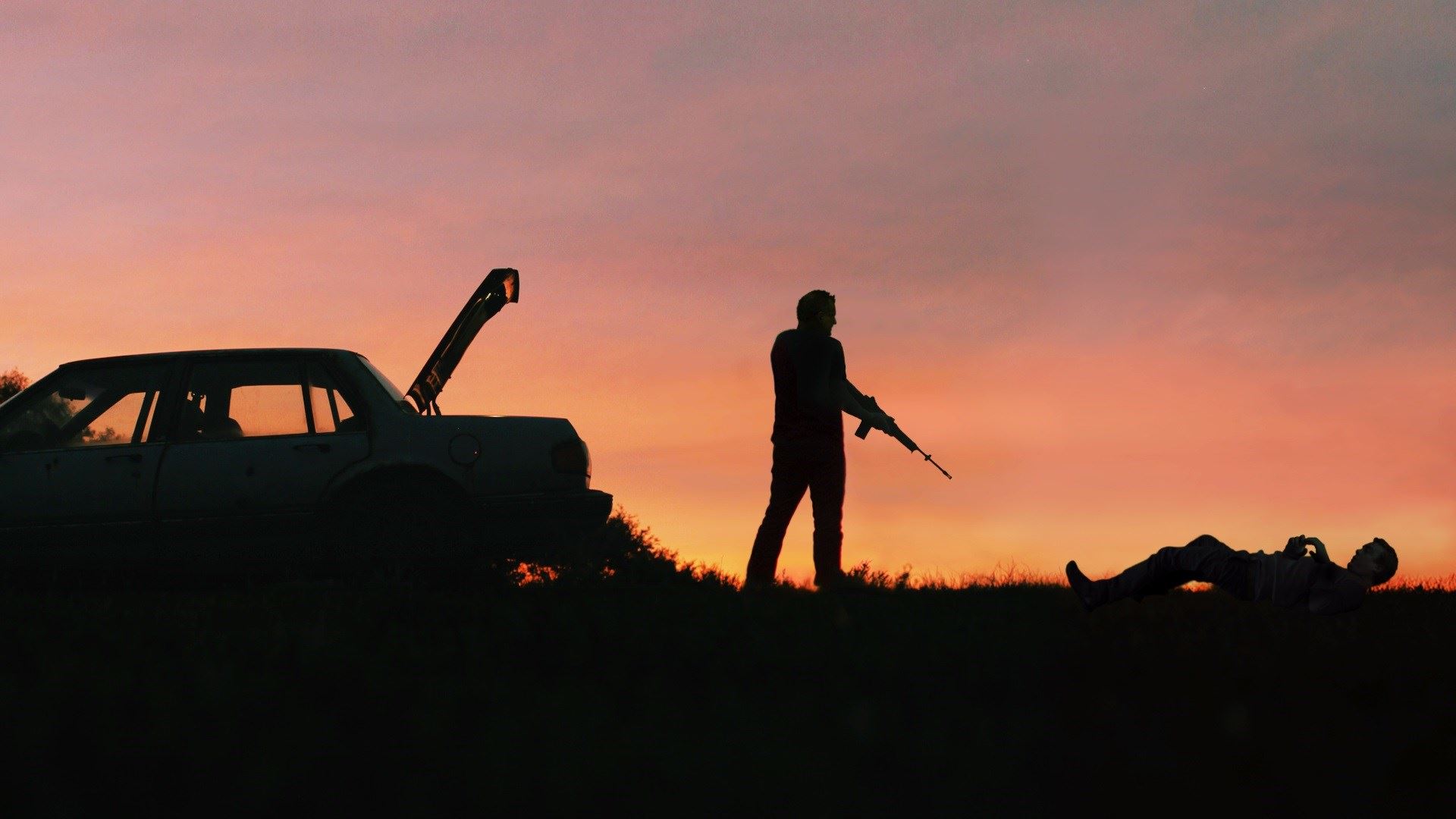
“Blue Ruin” is one of those films that give you the feeling that they are instant classics when you first see them. There is something really interesting in Jeremy Saulnier’s way of directing, and in the face and the performance of Macon Blair.
The film could be described as a very violent comedy, but is also moving at times. Unfortunately, Jeremy Saulnier’s next film “Green Room” had a great premise and a wonderful first half, but lost its interest and is definitely not as good as “Blue Ruin”.
7. Anomalisa – Charlie Kaufman & Duke Johnson
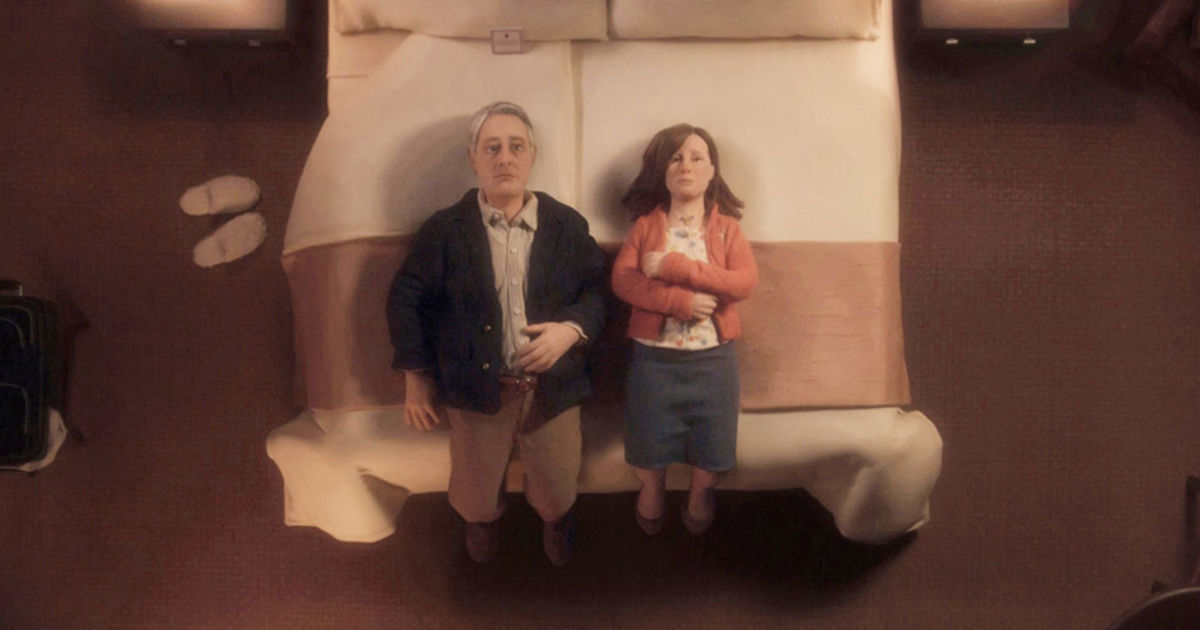
Charlie Kaufman is not weird. He is Charlie Kaufman and we are boring compared to him. A true master of form and content when it comes to screenwriting, he made the best decision of his career when he chose to direct “Synecdoche, New York”.
It seemed as if his collaborating directors Spike Jonze and Michel Gondry made his material look cooler than it should be. His weirdness, combined with their MTV-inspired filmmaking, produced a bunch of movies that couldn’t miss in young audiences. But something else was missing and you can see that clearly by watching his magnificent directorial debut.
Although Kaufman was not a mature director when he made “Synecdoche, New York”, he managed to get his true bleak vision to the audience. “Anomalisa” is a much more mature work.
With the help of Duke Johnson, Kaufman made a realistic animated film that works even better as that because it creates a distance between the viewer and the characters, but strangely at the same time, it becomes easier for the viewer to identify with the characters because they are dolls and not some Hollywood icon.
It is disrespectful and hollow to say that Charlie Kaufman is the “weirdest guy in cinema today”; he is just someone with something important to say. Maybe that is what makes him so weird in a place like Hollywood.
6. The Hateful Eight – Quentin Tarantino
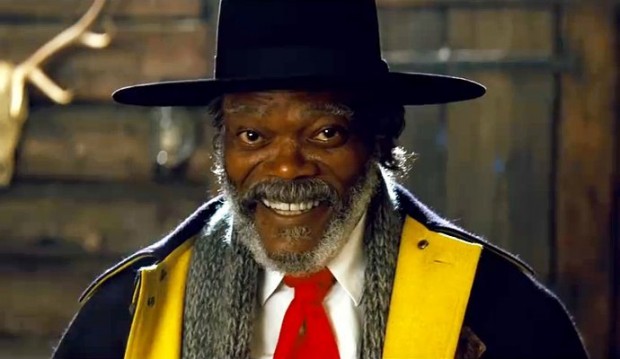
No other director of our era has influenced society more than Quentin Tarantino. Tarantino is an enfant terrible like early Godard, a pop art genius like late Warhol, and a paperback writer as gifted with words and storytelling as Stephen King.
All his films are like getting into a really inspiring rollercoaster of references that you didn’t know but you should. It is almost heartbreaking to see his attempt at creating a cult following for all those films that he loves, and to resurrect the careers of so many people that, through his work, got a second chance.
“The Hateful Eight” is another one of those great movies. Loosely based on John Carpenter’s “The Thing”, it features amazing performances (especially from Jennifer Jason Leigh), a wonderful soundtrack by Ennio Morricone, and is balanced by Tarantino’s great use of suspense through endless dialogue.
5. Black Swan – Darren Aronofsky
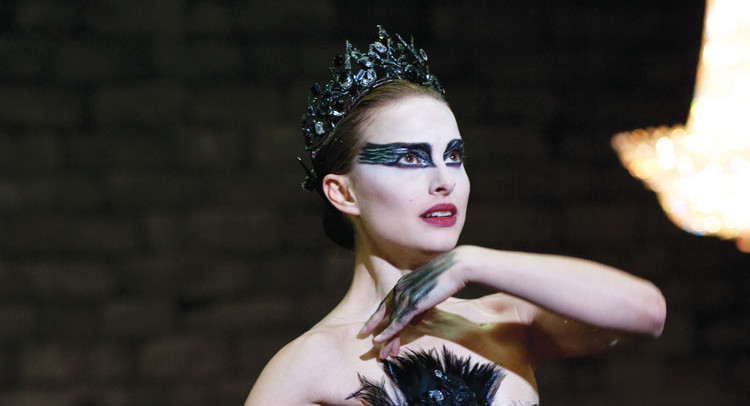
Darren Aronofsky was an exciting director from day one, but at the same time, it seemed as if he couldn’t really balance all his ideas. In “The Wrestler”, he tried to simplify everything in order to achieve better control. The result justified him, although many people said, “it’s good, but it doesn’t look like an Aronofsky film.”
He decided to stay on that path by making another cinematic portrait of a person, whose work is their body, but with a female lead this time. On top of that, he mixed the minimalist approach of “The Wrestler” with his interest in losing control of your mind, a subject that represents him thematically, but most also cinematically from his very first film.
Thus, “Black Swan” became his most balanced film to this day, with one of the best female performances ever from Natalie Portman. It features great camera work by Matthew Libatique and a very interesting approach in its music score by Clint Mansell.
4. Mad Max: Fury Road – George Miller
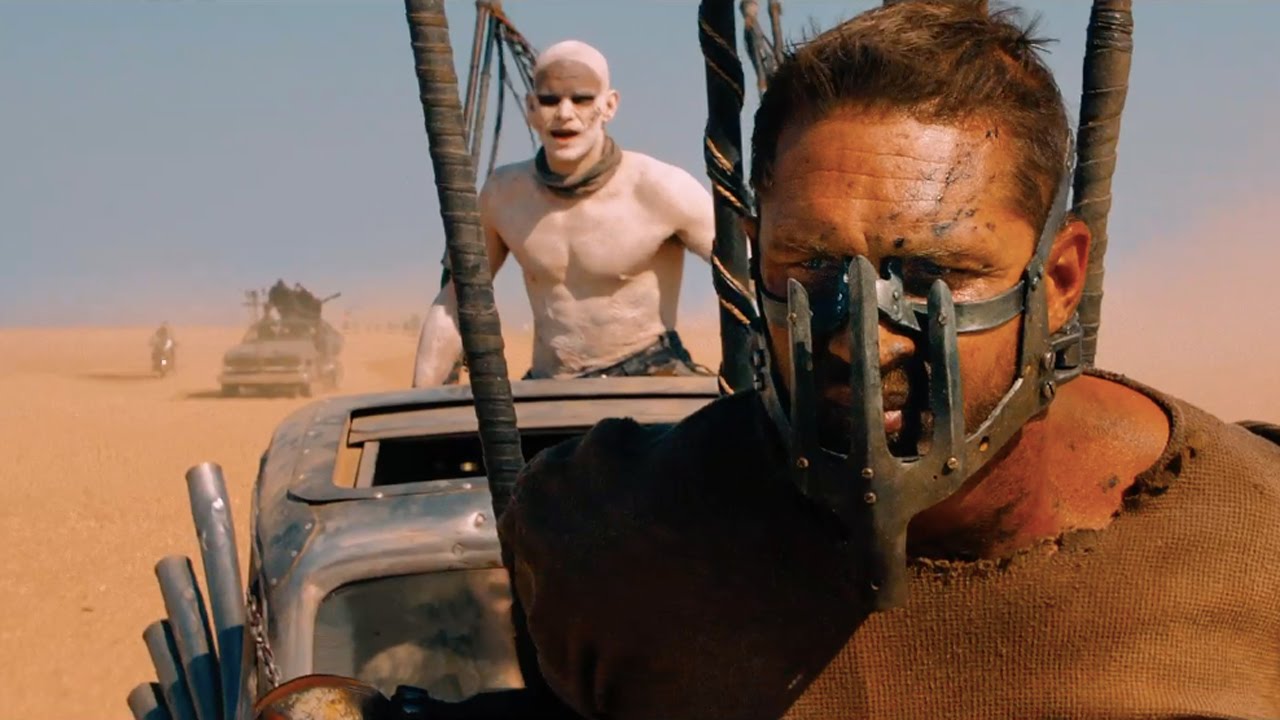
This is an Australian-American production, but nevertheless, I decided to put it on this list. George Miller didn’t just want to reboot his classic character and make a fourth film for its fans; he had a specific vision to change the language of cinema. “Mad Max: Fury Road” is an experimental film disguised as a summer blockbuster.
The story is as simple as a Bresson film, though the dialogue is often incomprehensible. The amazing sets and costumes and the kinesiology of the performers reminds us of Andrzej Zulawski’s unfinished sci-fi masterpiece “On the Silver Globe”.
Miller knew that everyone would want to see his film because of the Mad Max legacy, and didn’t miss the chance to offer something truly different and obscure, but at the same time, something so fast, so beautiful, so modern, and so addictively stimulating that nobody could resist it – from the simple viewer to the most jaded film critic.
3. The Wolf of Wall Street – Martin Scorsese
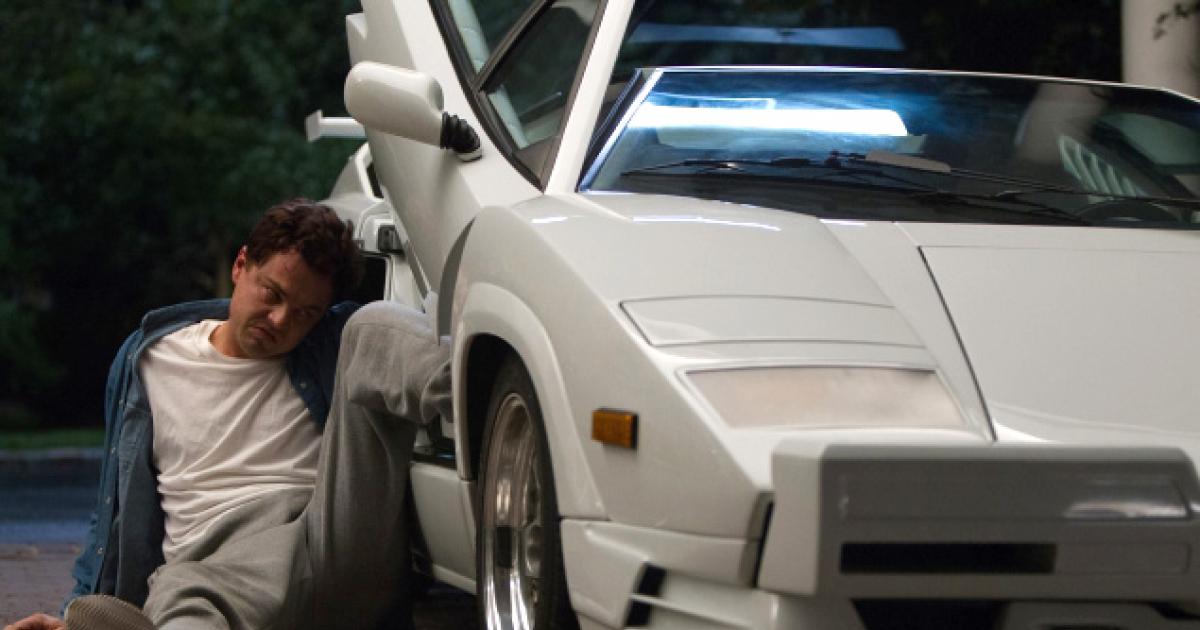
Scorsese’s last masterpiece was “Casino”, which was probably his most mature and complete film. In “The Wolf of Wall Street”, he combined on the one hand a rise-and-fall tragedy much like “Goodfellas” and “Raging Bull”, and on the other hand, a black comedy much like his underrated “After Hours” and “The King of Comedy”.
Leonardo DiCaprio gives his best performance here, and Scorsese and his editor Thelma Schoonmaker direct and edit like 16-year-old cokeheads. The result is a three hour epic farce, a “Citizen Kane” if it was a pot comedy, and at the same time, Scorsese’s most political film since “Taxi Driver”.
2. The Tree of Life – Terrence Malick
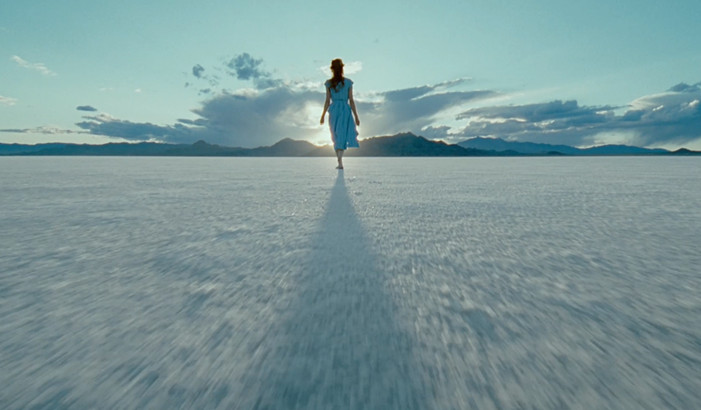
Terrence Malick is so exciting because at the age of 72, he still manages to cause juxtapositions between cinephiles all over the world. Nobody argues that his first two films are masterpieces, and most notably, “Days of Heaven” is probably one of the 10 films that really changed the language of cinema. But after a 20 year silence and his triumphant return with “The Thin Red Line”, many seem to believe that his good days are over.
The exception is “The Tree of Life”, a film that was embraced by almost everyone at its time of release. Martin Scorsese once said about Kubrick’s “2001: A Space Odyssey” that a true masterpiece has to be the following things” “a super production, an experimental film and a visionary poem.”
Malick’s ambition behind “The Tree of Life” is exactly that. He made a visually exciting film, by far the best work of cinematographer Emmanuel Lubezki; he had all these movie stars playing their magic flute for the audience to come to the theaters while he presented a very personal experimental super production.
Maybe the only flaw of the film, apart from the Sean Penn storyline that doesn’t really seem to fit, is the fact that it tries too hard to be a new “2001”. But “2001” became so legendary because of the fact that it was so original that you couldn’t really compare it to another film.
1. The Master – Paul Thomas Anderson
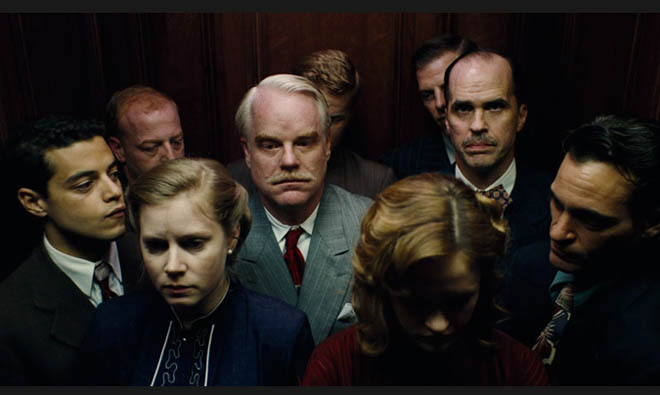
Contrary to other independents that stayed independent like Todd Solondz or Hal Hartley, and to the ones that formed the new mainstream like Steven Soderbergh and Bryan Singer, P.T. Anderson, along with the other Anderson, tried to follow the rules of the 70’s American filmmakers by making big budget movies that are personal and commercial at the same time.
Although Anderson’s skills in writing dialogues, coaching actors, and moving the camera were noticeable from his very early work, it seems as if his influences were always holding him down.
For instance, his “Boogie Nights” was no better than “Goodfellas”, his “Magnolia” was no better than “Short Cuts”, his “Punch-Drunk Love” was no better than “Something Wild”, his “There Will Be Blood” was no better than “Chinatown”, and his “Inherent Vice” was no better than “The Long Goodbye”.
Of course, these films are fascinating and much more important than most of the films out there, but it seems that Anderson can’t make a truly original film. “The Master” might not be his best film, but it’s the most original. You are never sure what its subject is, but at the same time it’s so gripping that you can’t stop watching it.
Author bio: The Boy is a film director and musician from Athens, Greece. He was born inside a theater during a screening of Videodrome.